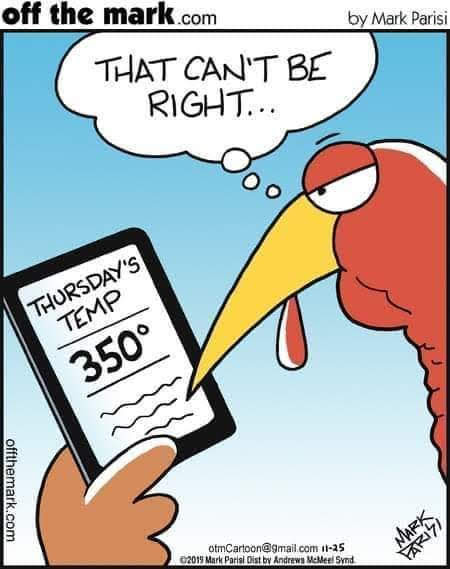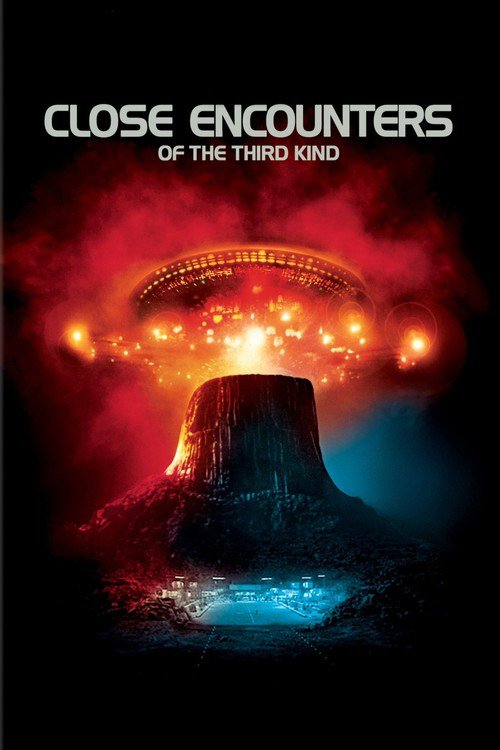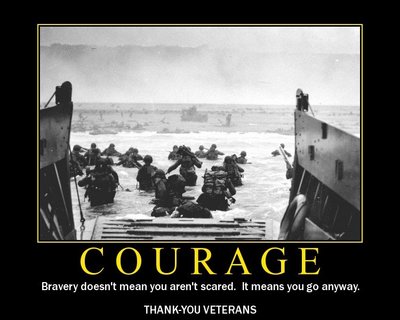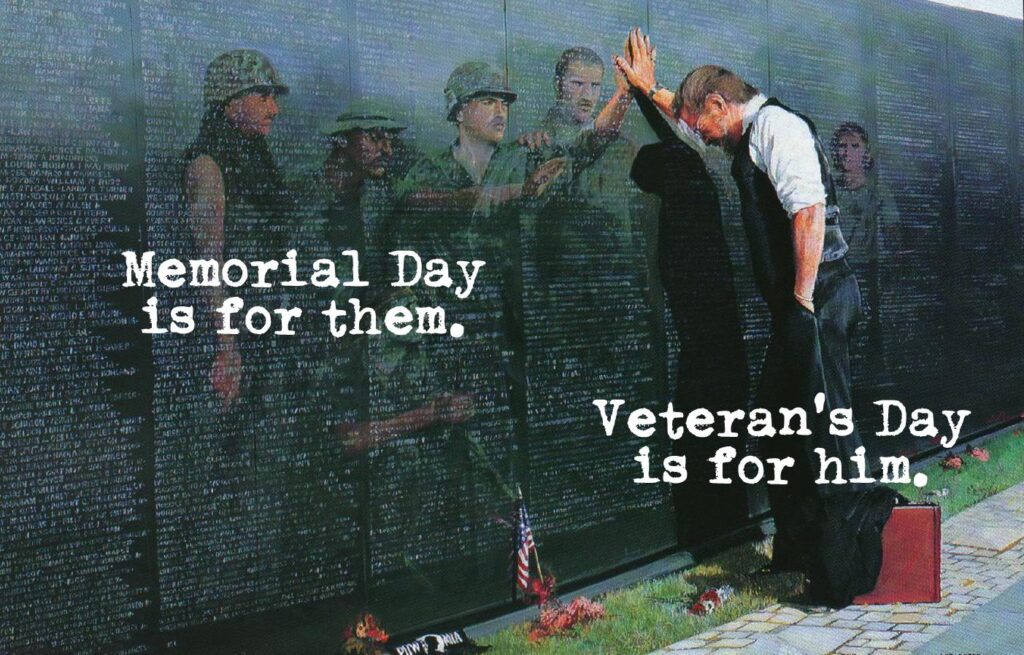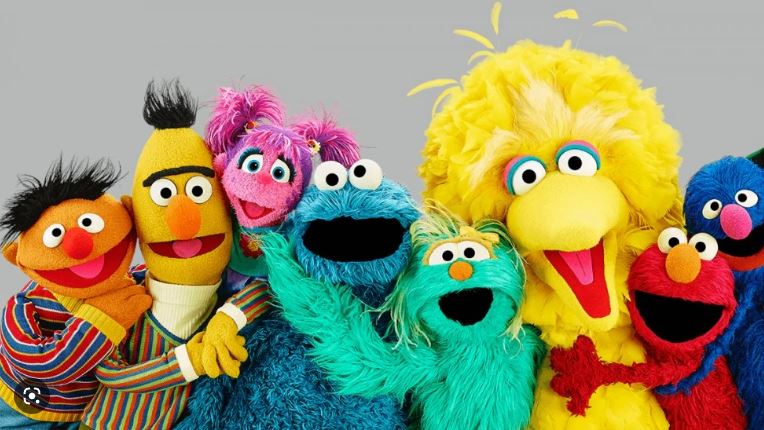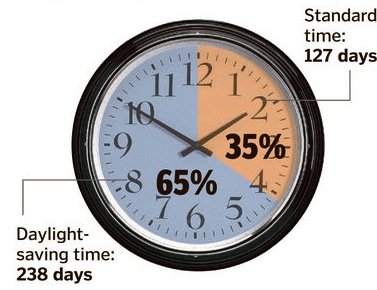- Andy
- Beef on Weck
- Being a Mother
- Chili Cook-off
- Communication (Gazebo)
- Daddy
- Everyone has an Angel
- Family
- Gonna be a Bear
- Harrison Bergeron
- Mute and Alone
- Privacy Policy
- Rikki-tikki-tavi
- Scientists Study Grizzly Bears
- Ship vs. Lighthouse
- Snowvember (Buffalo 2014)
- Somebody…
- The Present
- The Soldier
- The Star
- Winter
- 11foot8.com
- 365 Tomorrows
- 7 into 28
- A Tale of Two Brains
- Alien to Covenant – History of Alien
- Am I Unique
- AMARC
- American Muscle Car Museum
- Andre Rieu
- Antipodes Map
- Ark in Space
- Azure Status
- Blizzard of '77
- Broken Chains
- CDC – Flu
- Christmas Forever AZ
- Coldest City on Earth
- Creations for Charity (Lego)
- Cruise.com
- Curb Watching
- D&D Beyond
- D&D Beyond to FG Character Converter
- Daily Fuel Gauge Report
- Dinosaur Earth
- DMs Guild
- Dofo
- Dr. Demento
- DriveThru RPG
- Dungeon in a Box
- Dyson’s Dodecahedron
- Fantasy Name Generator
- Farmer's Donkey
- Fast Character
- Flight Aware
- Flight Radar 24
- Flixable
- Gaming Table
- Genius
- Geo Guesser!
- Hack The Menu
- Hackers for Charity
- Hadzy
- Have I been Pwned
- HexRoll
- How to remove a tick (properly)
- Identity Theft Resource Center
- Leak Lookup
- Line Rider – Hall of the Mountain King
- Make My Drive Fun
- Mapologies
- Marine Traffic
- MathPapa
- MechWarrior Online
- Medieval Murder Maps
- Meteor Shower Calendar
- Mini Building Materials
- Monterey Bay Aquarium
- MyAbandonware
- Nah! I just might be in there!
- National Do Not Call Registry
- No More Ransom
- NOAA – Louisville
- Nobody Live
- Norse Cyber Attack Map
- OCEARCH.org
- Omega Game Shrine
- Out of the Woods Forestry
- Overt
- PC Gaming Wiki
- Percheron
- Periodic Stats
- Periodic Videos (TED)
- Permethin Fact Sheet
- Pigeon Key Foundation
- Project 44
- pTable
- Pumpkin Pile
- Random Restaurant Generator
- Rankin/Bass – Wikipedia
- ReelGood
- RockAuto
- Roll20 Enhancement Suite
- Schimpff's
- Scuba Shooters
- Sinking of the Titanic
- Smoky Mountain Fall Foliage Map
- Speedsums
- SR-71 Speed Check
- Steam Status
- Still Tasty
- StreamSquid
- Sunken Ships of the Second World War
- Super Slice!
- Swedish Fish
- Tank America
- Taste Dive
- TBSP (TaBleSPoon)
- The Louvre
- The Oz Museum
- The Strong National Museum of Play
- They Can Talk
- This Beat Goes on/Switchin' to Glide
- Tick Removal (CDC)
- Trappistine Candy
- Vacation Rentals By Owner
- Vehicle Privacy Report
- VPNFilter Check
- War Puppets Rise to Heaven
- Weather Back Home
- WebGL Water
- Whalers on the Moon
- What's New on Netflix
- Who's On First
- Why are Jacks called Jacks?
- Wild Spirit
- Window Swap
- WKRP Turkey Drop
- Wordcount
- World's Hottest Chocolate Bar
- WWII Portraits of Honor
- November 2024
- October 2024
- September 2024
- August 2024
- July 2024
- June 2024
- May 2024
- April 2024
- March 2024
- February 2024
- January 2024
- December 2023
- November 2023
- October 2023
- September 2023
- August 2023
- July 2023
- June 2023
- May 2023
- April 2023
- March 2023
- February 2023
- January 2023
- December 2022
- November 2022
- October 2022
- September 2022
- August 2022
- July 2022
- June 2022
- May 2022
- April 2022
- March 2022
- February 2022
- January 2022
- December 2021
- November 2021
- October 2021
- September 2021
- August 2021
- July 2021
- June 2021
- May 2021
- April 2021
- March 2021
- February 2021
- January 2021
- December 2020
- November 2020
- October 2020
- September 2020
- August 2020
- July 2020
- June 2020
- May 2020
- April 2020
- March 2020
- February 2020
- January 2020
- December 2019
- November 2019
- October 2019
- September 2019
- August 2019
- July 2019
- June 2019
- May 2019
- April 2019
- March 2019
- February 2019
- January 2019
- December 2018
- November 2018
- October 2018
- September 2018
- August 2018
- July 2018
- June 2018
- May 2018
- April 2018
- March 2018
- February 2018
- January 2018
- December 2017
- November 2017
- October 2017
- September 2017
- August 2017
- July 2017
- June 2017
- May 2017
- April 2017
- March 2017
- February 2017
- January 2017
- December 2016
- November 2016
- October 2016
- September 2016
- August 2016
- July 2016
- June 2016
- May 2016
- April 2016
- March 2016
- February 2016
- January 2016
- December 2015
- November 2015
- October 2015
- September 2015
- August 2015
- July 2015
- June 2015
- May 2015
- April 2015
- March 2015
- February 2015
- January 2015
- December 2014
- November 2014
- October 2014
- September 2014
- August 2014
- July 2014
- June 2014
- May 2014
- April 2014
- March 2014
- February 2014
- January 2014
- December 2013
- November 2013
- October 2013
- September 2013
- August 2013
- July 2013
- June 2013
- May 2013
- April 2013
- March 2013
- February 2013
- January 2013
- December 2012
- November 2012
- October 2012
- September 2012
- August 2012
- July 2012
- June 2012
- May 2012
- April 2012
- March 2012
- February 2012
- January 2012
- December 2011
- November 2011
- October 2011
- September 2011
- August 2011
- July 2011
- June 2011
- May 2011
- April 2011
Canadian Pacific Holiday Train

From Wikipedia:
Starting in 1999, CP runs a Holiday Train along its main line during the months of November and December. The Holiday Train celebrates the holiday season and collects donations for community food banks and hunger issues. The Holiday Train also provides publicity for CP and a few of its customers. Each train has a box car stage for entertainers who are travelling along with the train.
The train is a freight train, but also pulls vintage passenger cars which are used as lodging/transportation for the crew and entertainers. Only entertainers and CP employees are allowed to board the train aside from a coach car that takes employees and their families from one stop to the next. All donations collected in a community remain in that community for distribution.
There are two Holiday Trains that cover 150 stops in Canada and the United States Northeast and Midwest. Each train is roughly 1,000 feet (300 m) in length with brightly decorated railway cars, including a modified box car that has been turned into a travelling stage for performers. They are each decorated with hundred of thousands of LED Christmas lights. In 2013 to celebrate the program’s 15th year, three signature events were held in Hamilton, Ontario, Calgary, Alberta, and Cottage Grove, Minnesota, to further raise awareness for hunger issues.
The trains feature different entertainers each year; in 2016, one train featured Dallas Smith and the Odds, while the other featured Colin James and Kelly Prescott. After its 20th anniversary tour in 2018, which hosted Terri Clark, Sam Roberts Band, The Trews and Willy Porter, the tour reported to have raised more than CA$15.8 million and collected more than 4.5 million pounds (2,000 t) of food since 1999.
Posted in Because I Can, Planes Trains and Automobiles
Lincoln delivers Gettysburg Address
On November 19, 1863, at the dedication of a military cemetery at Gettysburg, Pennsylvania, during the American Civil War, President Abraham Lincoln delivers one of the most memorable speeches in American history. In just 272 words, Lincoln brilliantly and movingly reminded a war-weary public why the Union had to fight, and win, the Civil War.
The Battle of Gettysburg, fought some four months earlier, was the single bloodiest battle of the Civil War. Over the course of three days, more than 45,000 men were killed, injured, captured or went missing. The battle also proved to be the turning point of the war: General Robert E. Lee’s defeat and retreat from Gettysburg marked the last Confederate invasion of Northern territory and the beginning of the Southern army’s ultimate decline.
Charged by Pennsylvania’s governor, Andrew Curtin, to care for the Gettysburg dead, an attorney named David Wills bought 17 acres of pasture to turn into a cemetery for the more than 7,500 who fell in battle. Wills invited Edward Everett, one of the most famous orators of the day, to deliver a speech at the cemetery’s dedication. Almost as an afterthought, Wills also sent a letter to Lincoln—just two weeks before the ceremony—requesting “a few appropriate remarks” to consecrate the grounds.
At the dedication, the crowd listened for two hours to Everett before Lincoln spoke. Lincoln’s address lasted just two or three minutes. The speech reflected his redefined belief that the Civil War was not just a fight to save the Union, but a struggle for freedom and equality for all, an idea Lincoln had not championed in the years leading up to the war. This was his stirring conclusion: “The world will little note, nor long remember what we say here, but it can never forget what they did here. It is for us the living, rather, to be dedicated here to the unfinished work which they who fought here have thus far so nobly advanced. It is rather for us to be here dedicated to the great task remaining before us—that from these honored dead we take increased devotion to that cause for which they gave the last full measure of devotion—that we here highly resolve that these dead shall not have died in vain—that this nation, under God, shall have a new birth of freedom—and that government of the people, by the people, for the people, shall not perish from the earth.”
Reception of Lincoln’s Gettysburg Address was initially mixed, divided strictly along partisan lines. Nevertheless, the “little speech,” as he later called it, is thought by many today to be the most eloquent articulation of the democratic vision ever written.
Posted in Patriotic
Termination papers and offer letter
‘I have here your termination papers and an offer letter to hire you back on again.’
Read this story over on Twisted Sifter!
Posted in Because I Can
Anniversary of Close Encounters of the Third Kind
Close Encounters of the Third Kind is a 1977 American science fiction film written and directed by Steven Spielberg, and starring Richard Dreyfuss, Melinda Dillon, Teri Garr, Bob Balaban, Cary Guffey, and François Truffaut. It tells the story of Roy Neary, an everyday blue-collar worker in Indiana, whose life changes after an encounter with an unidentified flying object (UFO).
Close Encounters was a long-cherished project for Spielberg. In late 1973, he developed a deal with Columbia Pictures for a science fiction film. Though Spielberg received sole credit for the script, he was assisted by Paul Schrader, John Hill, David Giler, Hal Barwood, Matthew Robbins, and Jerry Belson, all of whom contributed to the screenplay in varying degrees. The title is derived from Ufologist J. Allen Hynek‘s classification of close encounters with aliens, in which the third kind denotes human observations of aliens or “animate beings.” Douglas Trumbull served as the visual effects supervisor, while Carlo Rambaldi designed the aliens.
Made on a production budget of $20 million, Close Encounters was released in a limited number of cities on November 16, 1977[3] and November 23, 1977[4]before expanding into wide release the following month. It was a critical and financial success, eventually grossing over $300 million worldwide. The film received numerous awards and nominations at the 50th Academy Awards, 32nd British Academy Film Awards, the 35th Golden Globe Awards, the 5th Saturn Awards, and has been widely acclaimed by the American Film Institute.
In December 2007, it was deemed “culturally, historically, or aesthetically significant” by the United States Library of Congress and selected for preservation in the National Film Registry.[5] A Special Edition of the film, featuring additional scenes, was released theatrically in 1980. A third cut of the film was issued on VHS and LaserDisc in 1998 (and later DVD and Blu-ray). The film was remastered in 4K and re-released in theatres on September 1, 2017 for its 40th anniversary
Posted in The Big Screen
60th Anniversary of the Easy-Bake Oven
November 1963 saw the birth of Kenner’s Easy-Bake Oven! Read more here on wikipedia!
Posted in Because I Can, Gadgets, Toys
The Complete History of Video Games
MRIXRT @ReallyCool has posted this 12 hour, complete history of gaming. If you join his channel, he has an additional 2 hours of content for this history lesson!
Posted in Gaming
Veteran
A veteran is someone who, at one point in his life, wrote a blank check made payable to his country for an amount of ‘up to and including my life.’
Posted in Because I Can, Patriotic
Anniversary of “Sesame Street” Debut
On November 10, 1969, “Sesame Street,” a pioneering TV show that would teach generations of young children the alphabet and how to count, makes its broadcast debut. “Sesame Street,” with its memorable theme song (“Can you tell me how to get/How to get to Sesame Street”), went on to become the most widely viewed children’s program in the world. It has aired in more than 120 countries.
Posted in Because I Can, On This Day, The Little Screen (Television)
The Wreck of the Edmund Fitzgerald
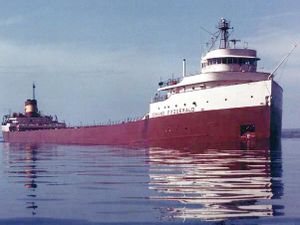
The SS Edmund Fitzgerald, May 1975.
SS Edmund Fitzgerald was a cargo ship that sank suddenly during a gale storm on November 10, 1975, while on Lake Superior. The ship went down without a distress signal in 530 feet (162 m) of water at 46°59.9′N 85°6.6′W, in Canadian waters about 17 miles (15 nm; 27 km) from the entrance to Whitefish Bay. All 29 members of the crew perished. Gordon Lightfoot‘s hit song, The Wreck of the Edmund Fitzgerald, helped make the incident the most famous marine disaster in the history of Great Lakes shipping.
Posted in Because I Can, On This Day
Daylight Savings Time Ends
Clocks turn back an hour at 2 a.m. on Sunday, marking the beginning of standard time for the next few months.
This means that this weekend will be an hour longer than normal, but it will get dark an hour earlier in the evenings.
Standard time will be used through March 12, when clocks will “spring” forward an hour to begin Daylight Saving Time.
Ironically, standard time is no longer the norm. About two-thirds of the days during the year now operate on Daylight Saving Time.
Daylight Saving Time now begins on the second Sunday of March each year and ends on the first Sunday of November.
DST has roots tracing to 1918 in the United States, though not all places always observed it. Currently, it is not used in Hawaii and most of Arizona.
Posted in Because I Can
Welles scares nation
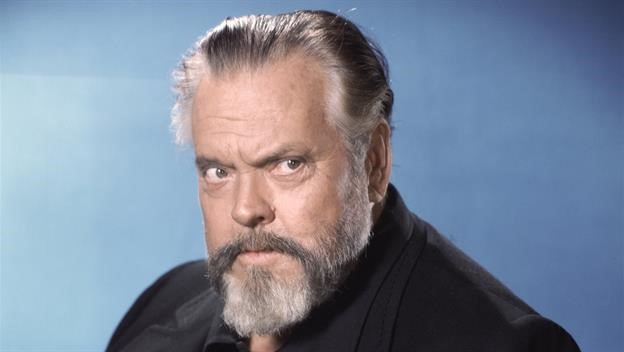
On this day, October 30, in 1938, Orson Welles causes a nationwide panic with his broadcast of “War of the Worlds”—a realistic radio dramatization of a Martian invasion of Earth.
Orson Welles was only 23 years old when his Mercury Theater company decided to update H.G. Wells’ 19th-century science fiction novel War of the Worlds for national radio. Despite his age, Welles had been in radio for several years, most notably as the voice of “The Shadow” in the hit mystery program of the same name. “War of the Worlds” was not planned as a radio hoax, and Welles had little idea of the havoc it would cause.
The show began on Sunday, October 30, at 8 p.m. A voice announced: “The Columbia Broadcasting System and its affiliated stations present Orson Welles and the Mercury Theater on the air in ‘War of the Worlds’ by H.G. Wells.”
Read morePosted in On This Day
The Monster Mash
From American Bandstand. October 13, 1964. Bobby “Boris” Pickett.
Posted in Because I Can, Humor, Music
Today…
In 1886, the ticker-tape parade is invented in New York City when office workers spontaneously throw ticket tape into the streets as the Statue of Liberty is dedicated.
In 1929, the New York Stock Exchange crashes in what will be called the Crash of ’29 or Black Tuesday, ending the Great Bull Market of the 1920s and beginning the Great Depression.
In 1960, in Louisville, Kentucky, Cassius Clay (who later takes the name Muhammad Ali) wins his first professional fight.
In 1969, the first-ever computer-to-computer link is established on ARPANET, the precursor to the Internet.
In 1998, Space Shuttle Discovery blasts-off with 77-year old John Glenn on board, making him the oldest person to go into space. He became the first American to orbit Earth on February 20, 1962.
Posted in Because I Can, On This Day

